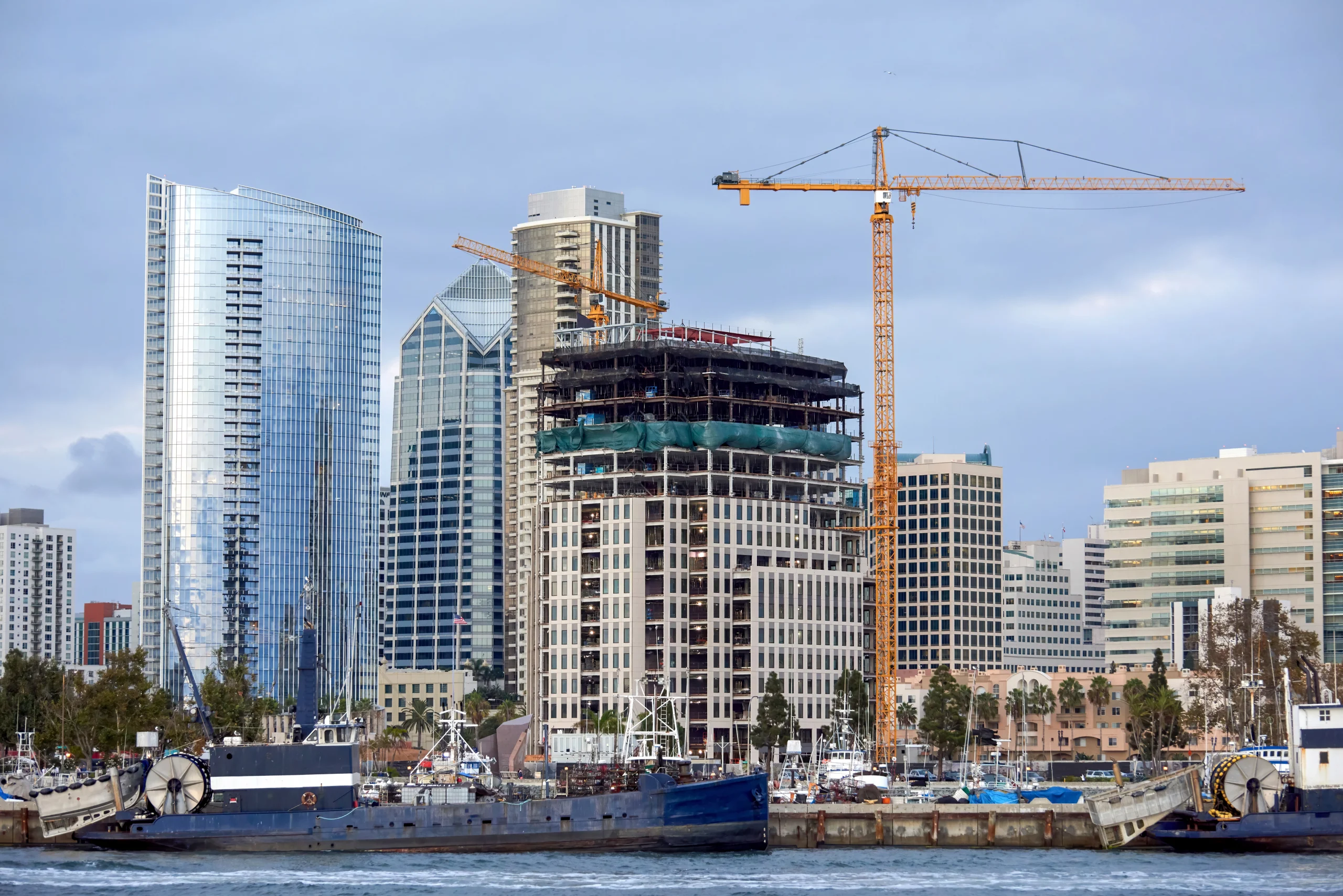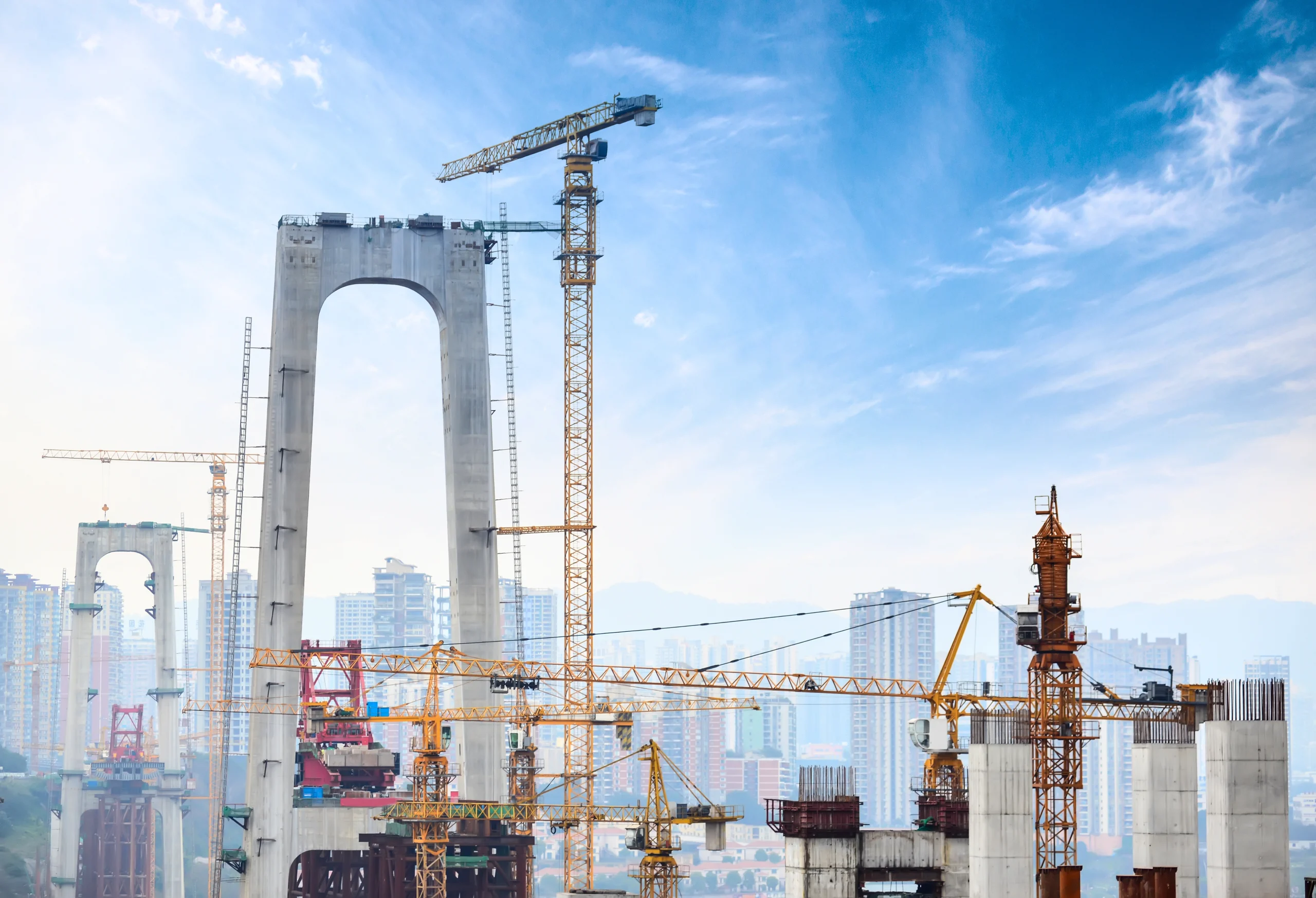Turnkey Construction in India: A Complete Guide to Streamlined Project Delivery
In the transforming scenario of infrastructure growth, the theory of turnkey construction in India has gained immense traction. Small and medium businesses, government bodies, and private investors are voluntarily opting for turnkey solutions to eliminate risks, reduce timelines, and give assurance of quality delivery. But what exactly is turnkey construction? How does it benefit stakeholders? And why is India seeing a rise in its adoption?
In this article, we are going to explore the use of turnkey construction in India, its advantages, key sectors, current trends in the turnkey industry, and how it is molding the future of the country’s construction ecosystem.

What is turnkey construction?
Turnkey construction is a type of project delivery method where a single contractor takes complete responsibility for the whole project, from design and detailing to procurement, construction, and final handover of the project. The client simply “turns the key” to enter a pre-built facility provided by the vendor.
This process shifts the load of project coordination, risk management, and timeline control from the client to the contractor. As a result, it improves the process and ensures accountability from a single source of contact.
Why Turnkey Construction is Gaining Popularity in India
India’s agile urbanization and infrastructure push under initiatives like Smart Cities Mission, Make in India, and PM Gati Shakti have pushed massive construction activities in past years. Amid hectic deadlines, complex compliances, and the need for cost-effective execution, turnkey construction emerges as a practical solution throughout the industry.
Moreover, stakeholders in sectors like manufacturing, logistics, warehousing, healthcare, and education prefer turnkey models because they ensure:
Faster project delivery
Fewer coordination hassles
Clear accountability
Improved quality control
Streamlined procurement and cost management
Sectors Driving Turnkey Construction in India
Industrial and Manufacturing: With the growth of industrial corridors and special economic zones (SEZs), companies prefer turnkey execution to set up factories and plants quickly.
Warehousing and Logistics: E-commerce and 3PL (third-party logistics) providers require fast deployment of large-scale warehousing facilities.
Healthcare: Hospitals and diagnostic centers use turnkey solutions for setting up facilities with integrated utilities and medical infrastructure.
Education: Schools and universities benefit from time-bound, all-inclusive campus construction.
Commercial Real Estate: Office buildings and business parks are often developed under turnkey contracts to ensure consistency and faster occupancy.
Key Features of Turnkey Construction
Single Point of Contact: The contractor is the sole authority responsible for the project.
Fixed Timeline and Budget: Projects are executed within agreed parameters, reducing surprises.
Design-Build Integration: Architectural and engineering teams collaborate from day one.
Risk Transfer: The contractor assumes the majority of financial and execution risks.
End-to-End Management: From design to final delivery, all aspects are handled in-house or through subcontractors.
Benefits of Turnkey
Time Efficiency
Turnkey contracts typically result in shorter project timelines due to better coordination and overlapping of design and construction phases.
Cost Control
A well-structured turnkey contract reduces cost overruns and ensures predictable budgeting.
Simplified Client Involvement
Clients are free from the stress of micro-managing different vendors and teams.
Quality Assurance
With end-to-end control, contractors ensure consistent quality and compliance with standards.
Reduced Risk
The contractor bears much of the operational and financial risks, giving clients peace of mind.
Turnkey vs. Traditional Construction: What’s the Difference?
| Feature | Turnkey Construction | Traditional Construction |
|---|---|---|
| Timeline | Typically Shorter | Delayed due to Coordination |
| Risk | Largely Contractors | Shared between Clients & Vendors |
| Cost Predictability | High | Medium to Low |
Challenges in Turnkey (and How to Overcome Them)
Despite its advantages, turnkey construction comes with its own set of challenges:
Limited Client Control: Since the contractor manages the entire process, clients may feel a lack of control.
Design Flexibility: Late changes in design can lead to cost escalations.
Contractual Complexity: Drafting a detailed and fair contract is essential to avoid disputes.
How to Overcome These Challenges:
Collaborate closely with the contractor during the planning stage.
Define all deliverables and specifications clearly in the contract.
Use milestone-based reviews to stay aligned throughout the project.
How to Choose the Right Turnkey Construction Partner
Choosing the right partner is critical to the success of any turnkey project. Consider the following factors:
Experience in Relevant Sector
Track Record and Client Testimonials
In-House Design and Engineering Capabilities
Project Management Tools and Technology Usage
Transparency in Costing and Communication
Technology in Turnkey
Modern turnkey contractors leverage technologies like:
BIM (Building Information Modeling) for collaborative planning
Drones for site inspections
Project Management Software for real-time updates
IoT-based Monitoring for safety and efficiency
These tools not only align the execution but also enhance accuracy and minimize the human error.
Government Policies Supporting Turnkey
India’s infrastructure growth is backed by policy support that favors turnkey execution:
PPP (Public Private Partnership) Models in highways, smart cities, and urban infra
Ease of Doing Business Reforms
Digital Approvals and Online Tenders
National Infrastructure Pipeline (NIP) investments
These policies make it easier for private players to take on large-scale turnkey projects with government support.
Future Outlook: The Rise of Integrated Turnkey Solutions
The future of turnkey construction in India looks so much more agile with multiple benefits. With the rise of Design-Build-Finance-Operate (DBFO) and EPC (Engineering, Procurement, Construction) hybrids, clients are looking for end-to-end lifecycle partnerships.
Sustainability, modular construction, and advanced technology integration will further define how turnkey solutions evolve in India.
Finally, we can conclude that turnkey construction is not just a trend but a transformative methodology that aligns with India’s infrastructure ambitions. For businesses seeking speed, control, and quality, it offers a reliable path forward to growth and development.
Ready to start your next project the turnkey way?
Collaborate with an experienced turnkey construction organization and set the seal on your vision turning into reality — on time and within the estimated budget.


Leave A Comment